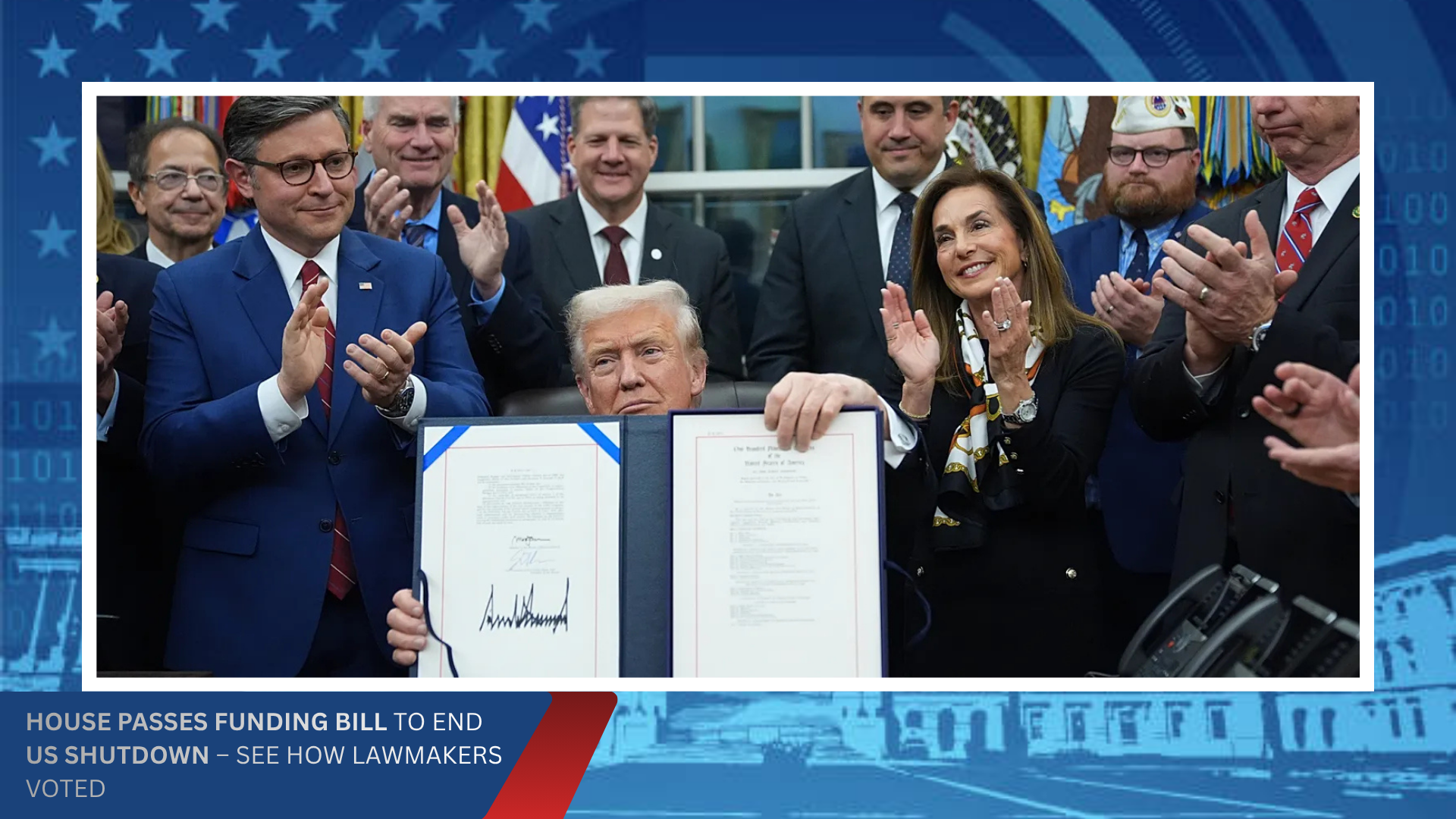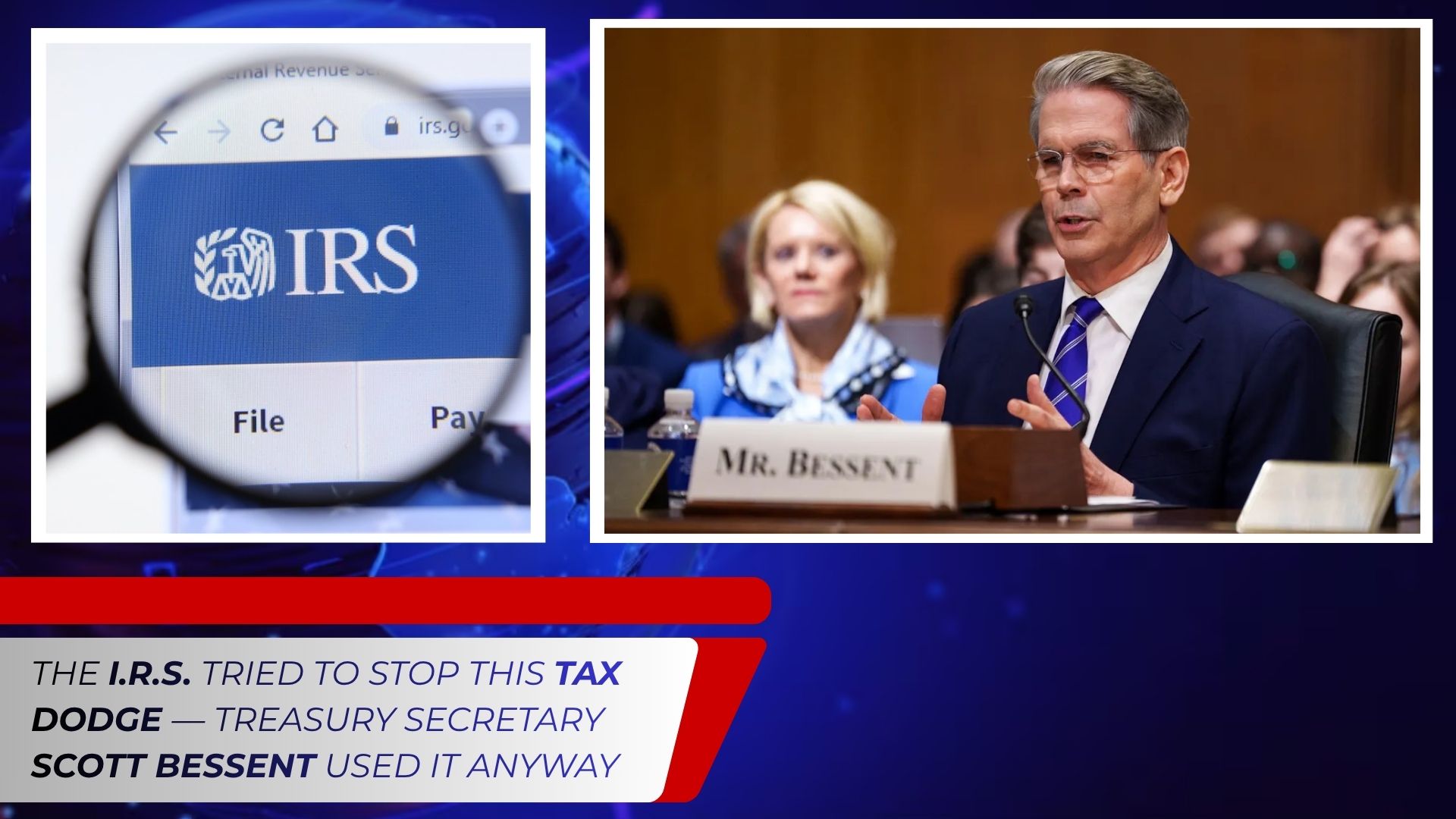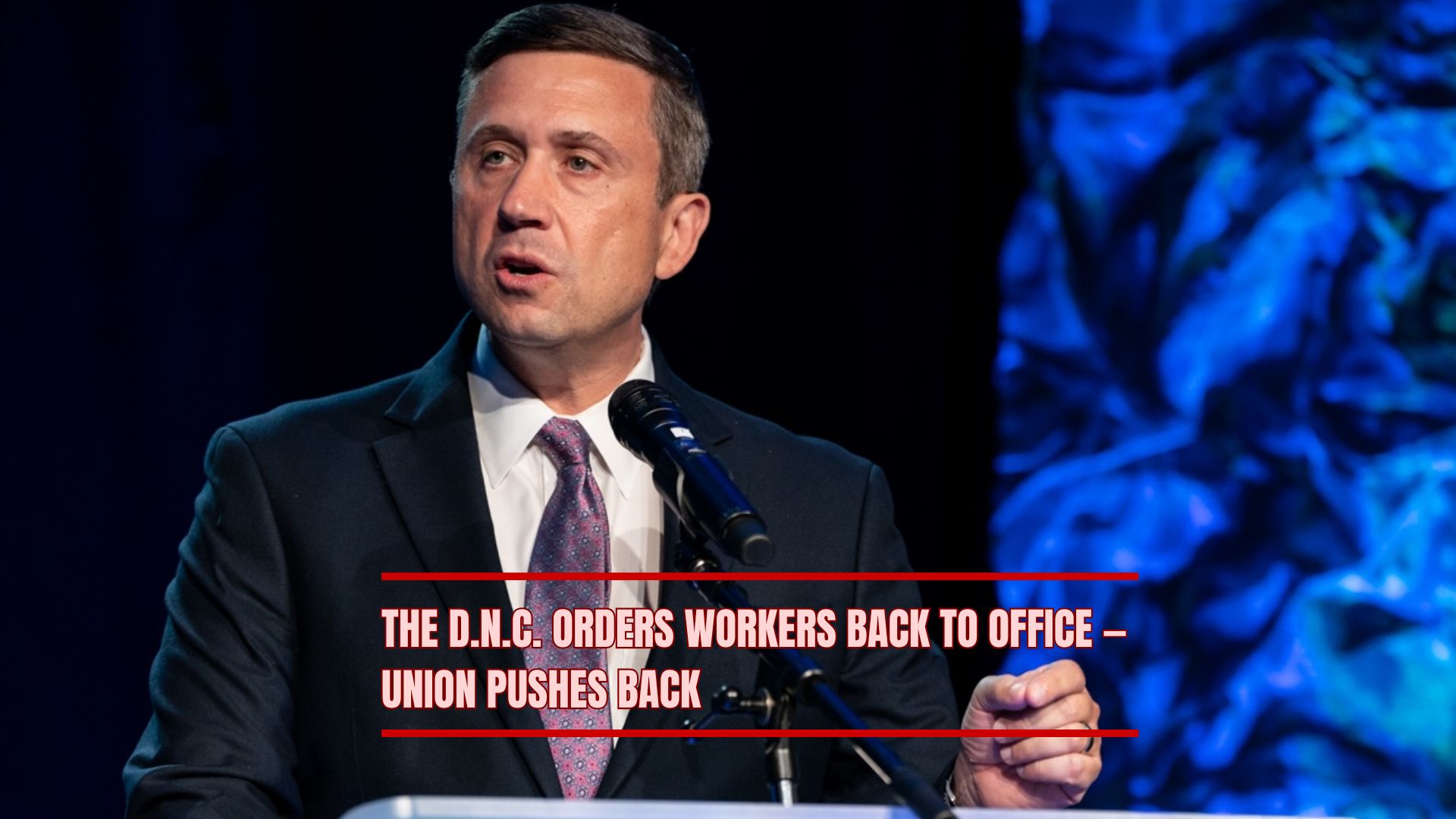As the federal government shutdown drags on, the future of Head Start, one of the nation’s most vital early childhood programs, is growing increasingly uncertain. By November 1, tens of thousands of children could lose access to classrooms, meals, and essential care if Congress fails to reach a funding agreement.
The National Head Start Association (NHSA) warns that the crisis is already well underway — and could soon become catastrophic for low-income families who rely on these programs for stability, education, and basic support.
“Every day this shutdown continues, programs are forced to make impossible choices just to keep their doors open. Children cannot wait,” said Yasmina Vinci, Executive Director of the NHSA.
A Lifeline at Risk
Head Start, a federally funded initiative created in 1965, provides early childhood education, health services, and parental support to nearly one million low-income children across the country. It is widely regarded as one of the most effective anti-poverty programs ever launched in the United States, helping prepare children from disadvantaged backgrounds for kindergarten and beyond.
But without federal funds flowing, many of those programs are on the verge of shutting down.
According to NHSA, 134 Head Start centers across 41 states — serving approximately 59,000 children — will lose access to their regular grant funding by November 1 if Congress does not act. The result could be widespread closures, staff layoffs, and service disruptions across communities already stretched thin by inflation and rising childcare costs.
As of October 16, six Head Start programs serving 6,500 children were already operating without federal support after missing their scheduled grant disbursements on October 1. Those programs have been forced to rely on local donations, emergency state aid, or reserve funds to stay open — a temporary fix that experts warn cannot last for long.
“Head Start programs are showing extraordinary resilience — they’re opening their doors every morning, even without knowing when the next check will come,” Vinci said. “That commitment is heroic. But resilience alone can’t keep the lights on. Washington must act now.”
The Human Cost of Political Gridlock
Behind the numbers are real families — many of whom depend on Head Start not only for early education but for daily essentials like nutrition and health care.
The program serves children from birth to age five through multiple channels, including center-based learning, family childcare homes, and home-visiting services. Beyond teaching letters and numbers, it connects families with health screenings, immunizations, prenatal care, and nutrition assistance.
For parents, especially single mothers and working-class caregivers, Head Start often provides reliable childcare that allows them to work or attend school. The looming shutdown could strip that safety net away, forcing many parents to choose between keeping their jobs or caring for their children.
“Families are terrified,” said Angela Diaz, a Head Start director in Illinois. “They don’t know if next week they’ll have a place to bring their children. Parents are calling every day asking, ‘Should I find another daycare?’ but most can’t afford one. There are no good answers right now.”
A System Strained by Uncertainty
The current shutdown has frozen new funding approvals, preventing many Head Start centers from accessing federal reimbursements that cover staff salaries, classroom materials, and food programs.
While some centers are using emergency savings or help from local partners, NHSA warns that such measures are unsustainable. The organization estimates that by early November, nearly 10% of all Head Start children could lose access to classrooms entirely.
Those closures would not only disrupt early learning but could have a ripple effect across entire communities. When Head Start centers close, teachers and support staff are laid off, children lose educational momentum, and local economies feel the strain.
“This is about more than childcare — it’s about investing in the future,” said Dr. Karen Odom, an early childhood policy expert. “Every dollar spent on Head Start saves taxpayers money down the line through reduced crime, higher graduation rates, and better health outcomes. To jeopardize that because of political inaction is shortsighted at best, devastating at worst.”
Calls for Immediate Action
The NHSA is urging lawmakers to take three key steps:
- End the shutdown immediately to restore the flow of federal funds.
- Reimburse Head Start programs that have already missed their October funding cycles.
- Pass a full fiscal year 2026 appropriations bill that includes a cost-of-living adjustment to help programs manage rising costs.
Without these measures, NHSA warns, many programs will be forced to furlough staff or close their doors — displacing tens of thousands of children.
“Children can’t wait for Congress to finish arguing,” Vinci said. “They need stable, consistent care now. Every lost day of early learning is a lost opportunity to change a child’s life.”
What Happens Next
The Administration for Children & Families (ACF), which oversees Head Start, has not yet provided an updated contingency plan for November. USA TODAY has reached out to ACF officials for comment on whether emergency stopgap funding or temporary relief could be made available.
Meanwhile, some states are preparing to step in. In North Carolina, New Mexico, and Oregon, local governments have pledged limited emergency funding to keep Head Start programs operational if the federal shutdown continues. But most state budgets lack the flexibility to sustain such large-scale support.
In Mississippi, one Head Start director said her center will have to close by November 10 if no federal funding arrives. “We can’t pay staff or keep food on the tables without that check,” she said. “We’re not political actors — we’re teachers. But right now, we’re at the mercy of politics.”
A Program Worth Protecting
For nearly 60 years, Head Start has been one of the country’s most successful social programs, credited with narrowing early education gaps, boosting graduation rates, and improving long-term health outcomes. Studies show that children who attend Head Start are more likely to finish high school, attend college, and have higher lifetime earnings.
Yet despite that proven record, the program has frequently been caught in the crossfire of political disputes over federal spending.
“Head Start is not a partisan issue,” Vinci emphasized. “It’s an American issue. These are our children — our future workforce, our future citizens. Protecting them should not depend on a budget fight.”
%20(4).png)








